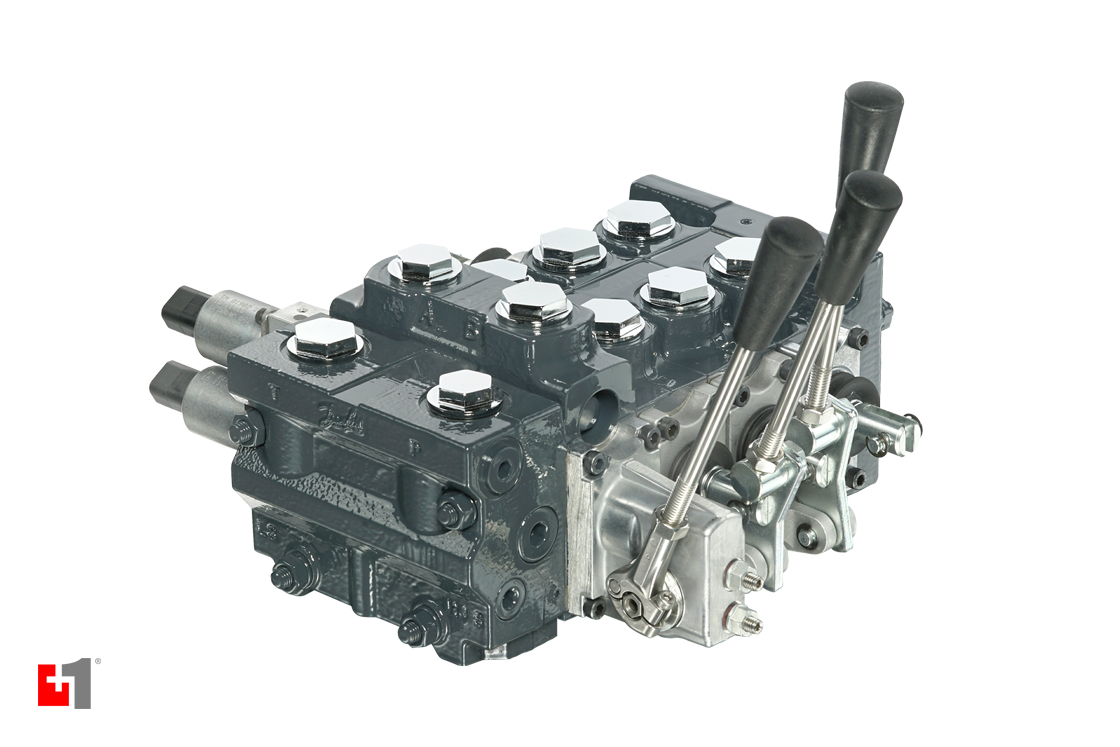Achieve Seamless Integration and Control With Top Quality Building Automation Controls
In the realm of modern-day building management, the relevance of quality building automation controls can not be overstated. Embracing high quality building automation controls is not merely an issue of ease yet a strategic vital for companies intending to optimize their centers' efficiency and sustainability.

Advancement of Building Automation Controls
Throughout the previous couple of years, the development of constructing automation controls has substantially changed the means buildings are taken care of and run. Initially, constructing automation systems mostly concentrated on fundamental features such as managing ventilation, home heating, and air conditioning (HEATING AND COOLING) systems. Nevertheless, as technology advanced, these controls have actually become much more innovative, enabling for a broader variety of building systems to be integrated and taken care of centrally.
The evolution of developing automation controls has seen a change towards more intelligent systems that can adjust to altering problems in real-time. This versatility is vital for maximizing energy efficiency and ensuring resident comfort. Furthermore, contemporary structure automation controls currently use attributes such as anticipating maintenance, remote tracking, and data analytics, enabling facility managers to make data-driven decisions to boost building performance.

Benefits of Quality Assimilation
The advancement in building automation controls towards even more intelligent systems has underscored the substantial advantages of quality combination in maximizing building operations and enhancing total efficiency. This centralized control also offers far better presence and understandings right into building efficiency, making it possible for positive maintenance and optimization approaches. On the whole, the advantages of top quality integration in structure automation controls are indisputable, offering enhanced effectiveness, comfort, and operational effectiveness.
Enhanced Customer Experience and Accessibility
Enhancing individual communication with building automation manages via intuitive design and boosted ease of access elevates the total experience for occupants and center supervisors alike. By concentrating on customer experience, constructing automation systems can end up being a lot more easy to use and efficient. Intuitive user interfaces, clear navigating, and personalized setups encourage individuals to engage with the controls quickly and effectively.
Accessibility functions play an essential function in ensuring that all people, including those with specials needs, can use the building automation controls easily. Incorporating functions such as voice commands, tactile buttons, and color-contrasted displays can improve access and make the controls a lot more inclusive.
Additionally, enhanced customer experience leads to greater customer complete satisfaction, boosted performance, and far better decision-making. Residents can change ecological settings according to their choices, while facility supervisors can effectively keep track of and handle building systems - control valves. In general, prioritizing user experience and ease of access in building automation manages adds to a more productive and smooth structure setting for all stakeholders entailed
Sustainable Practices Via Automation

Additionally, automation can assist in the assimilation of renewable resource resources such as photovoltaic panels or wind turbines right into structure procedures. By instantly readjusting power use based upon the accessibility of sustainable energy, structures can additionally minimize their dependence on non-renewable sources. This smooth assimilation of lasting methods not only benefits the environment yet additionally improves the general operational effectiveness and cost-effectiveness of the building. top article Via automation, buildings can line up with contemporary sustainability objectives and add to a greener future.
Future Trends in Building Control Systems
In expectancy of evolving and progressing innovations sustainability techniques, the trajectory of structure control systems is poised to embrace transformative strategies and cutting-edge solutions. One prominent fad shaping the future of structure control systems is the raised combination of Artificial Knowledge (AI) and device discovering. These innovations allow structures to adjust in real-time to altering conditions, maximizing energy consumption and boosting convenience for residents. In addition, the Web of Points (IoT) is revolutionizing building control systems by connecting gadgets check this site out and sensing units to enhance and improve procedures performance.
Another essential trend is the focus on cybersecurity measures to shield versus potential risks to developing automation systems. As structures come to be much more interconnected, making certain robust cybersecurity procedures will certainly image source be important to safeguard sensitive information and prevent unauthorized accessibility.
Furthermore, the change towards cloud-based systems is obtaining momentum, permitting centralized control and remote access to building systems. This promotes easier monitoring, maintenance, and updates, improving the total performance and flexibility of building control systems. As technology remains to breakthrough, these patterns are expected to form the future landscape of structure automation controls, driving innovation and sustainability in the constructed atmosphere.
Final Thought
Future fads in building control systems are likely to focus on additional enhancing automation abilities for boosted power performance and overall performance. It is important for structure proprietors and drivers to focus on the fostering of top quality structure automation manages to maximize structure procedures and attain long-term sustainability objectives.
In the realm of modern-day structure administration, the significance of quality building automation controls can not be overstated. Overall, the development of structure automation controls proceeds to drive advancement in the building administration market, offering new opportunities for creating smarter and a lot more lasting buildings.
The improvement in building automation manages in the direction of more smart systems has highlighted the substantial advantages of high quality integration in optimizing structure operations and boosting total effectiveness. Overall, prioritizing individual experience and accessibility in structure automation controls adds to a more effective and smooth structure environment for all stakeholders involved.
It is crucial for building proprietors and drivers to focus on the fostering of high quality structure automation manages to enhance building procedures and accomplish long-term sustainability objectives. - control valves